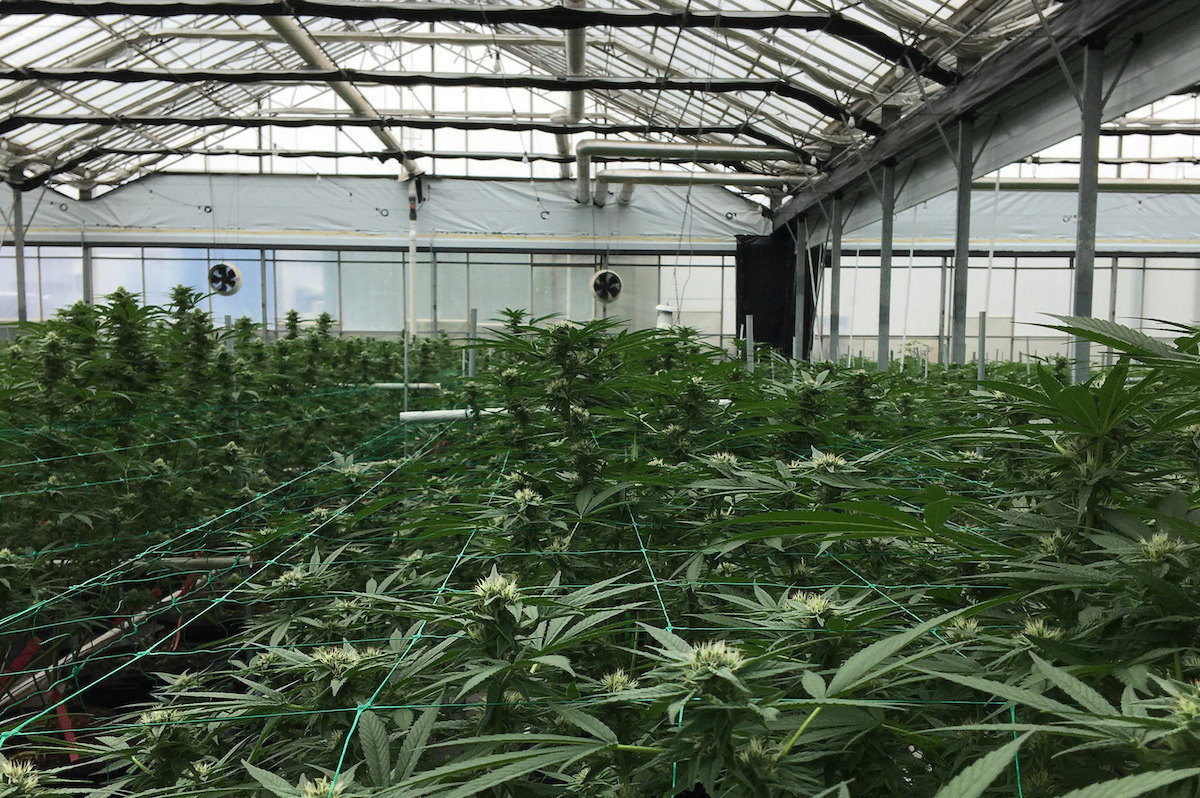Is Byers Scientific the Solution to Carpinteria’s Odor Issues?
Mixed Reviews About Odor-Control Technology

Hardly any commercial enterprise escaped the past year unscathed, but the cannabis industry, which celebrated a banner year in 2020, was not one of them. Marijuana sales surpassed a record-shattering $18.3 billion, and five U.S. states passed legislation to legalize recreational cannabis use, propelling the burgeoning industry to unprecedented levels.
As the number of prospective cannabis growers looking to venture into the lucrative business has surged across the country, neighborhoods and communities in Santa Barbara County that are situated near these farms and greenhouses are faced with an unwanted byproduct: the pungent odor of marijuana cultivation.
Steve Mason, the assistant director of Planning and Development for Santa Barbara County, explained that cannabis zoning rules, which regulate the types of odor control systems that are allowed in different areas, also outline the requirements to which each location must adhere.
While an odor management system known as Byers Scientific is widely deployed in Santa Barbara County, especially around Carpinteria, the effectiveness of the technology seems to be inconclusive.
“The system does appear to control odor under certain circumstances, but we do still receive widespread cannabis odor complaints in the Carpinteria area,” Mason said.
The county received 363 odor-related complaints from residents over the past year, down from 448 in 2019. According to Mason, the decrease in complaints may be due to cannabis operators installing odor abatement systems as well as improved harvesting and trimming practices.
He also added that neighborhoods near Memorial Park on Santa Ynez Avenue have reported more odor complaints than other parts of the community.
“This neighborhood has multiple streets that are adjacent to greenhouse operations that are located on Foothill Road,” he explained.
In order to address these grievances, Marc Byers, the founder and president of Byers Scientific, said that his team has a new technology that utilizes carbon scrubbing, a process in which air is passed through a device that contains activated carbon. The activated carbon must contain specific molecular properties to better alleviate the cannabis odor.
“We created a technology called ‘vapor-phase,’ which takes a neutralizing agent that is formulated to react with cannabis gases so that the odor is mitigated,” Byers explained. “We basically built an industrial-scale scrubber and showed that the combination of those scrubbers along with our ‘vapor-phase’ technology should be the best option to get as close to complete odor mitigation as possible.”
Regardless of enduring efforts from Byers Scientific to convince critics that there are no significant health or environmental drawbacks to their odor neutralization systems, many Carpinterians remain skeptical.
“There is virtually no science on the long-term effects of concentrated cannabis terpenes and the Byers technology and other mist systems on the lungs of children, adults, and employees,” said Maureen Foley, a member of the grassroots group Concerned Carpinterians, which focuses on protecting the quality of life in Carpinteria from cannabis practices.
Anna Carrillo, also a member of the group, echoed these concerns.
“Many residents complain of burning, itchy eyes, asthma, and other health issues from this new ingredient,” Carrillo said. “When the high school was in session, many people complained of headaches and nausea. Classrooms had to be aired out every morning.”
Despite these protests, Byers insisted that his company’s technology posed no health or environmental risks to the seaside town’s inhabitants.
“Studies have been done, ad nauseum quite frankly, for both short-term exposure and long-term exposure,” he said. “There is no danger here whatsoever.”



